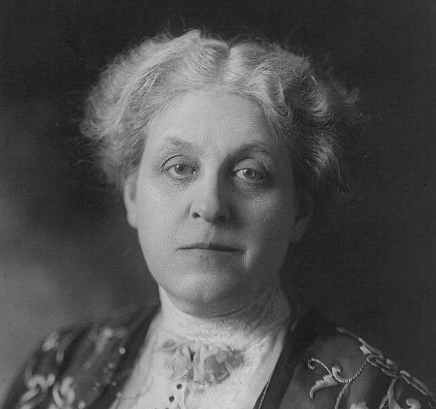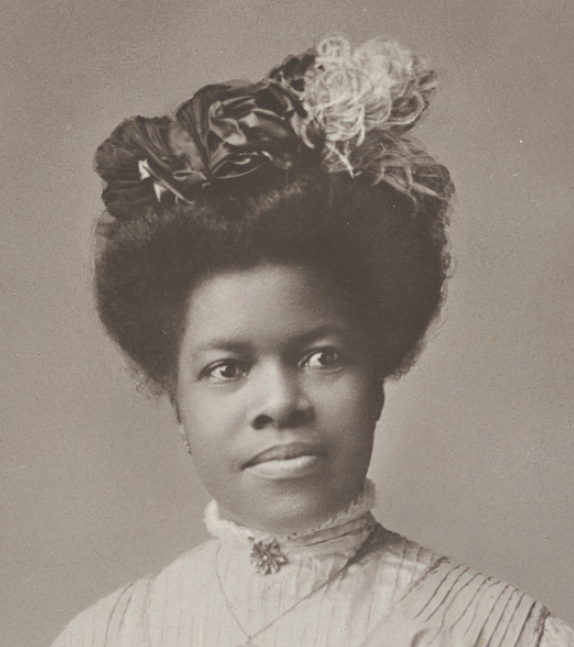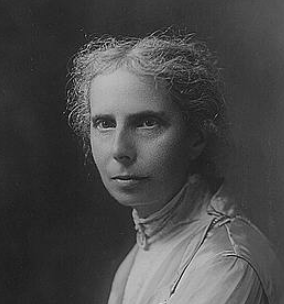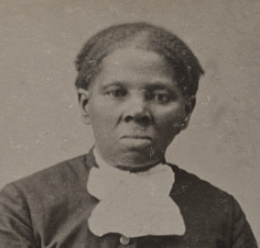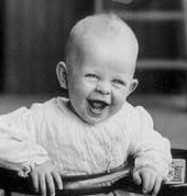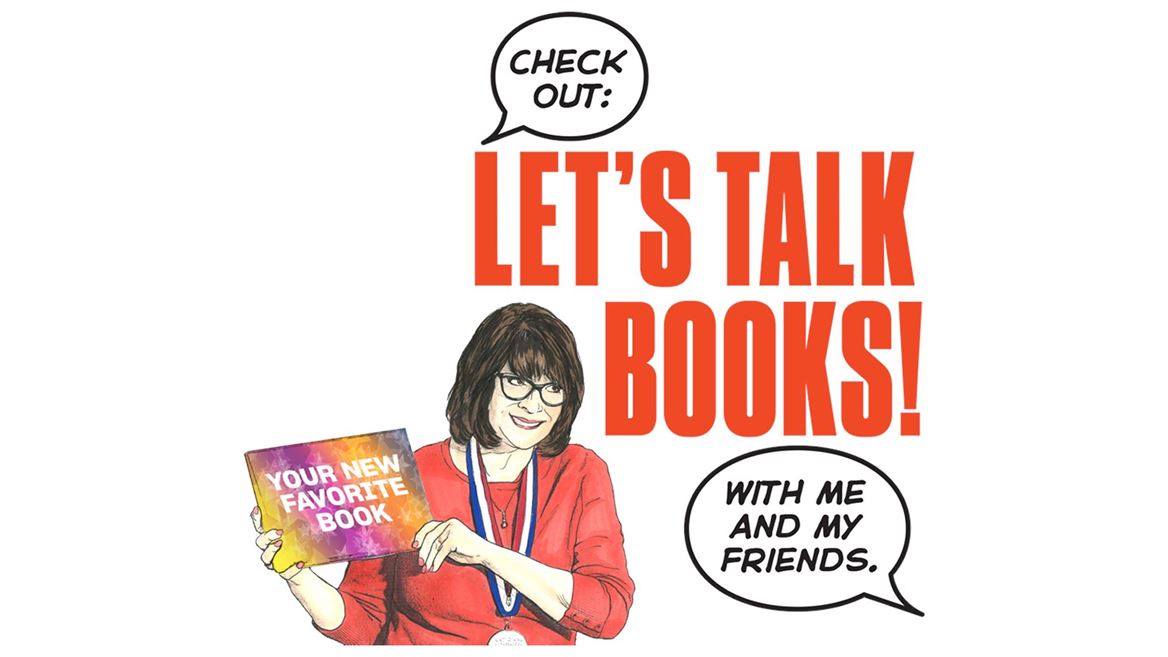
Primarily intended for families and children between the ages of 9-12, and for librarians and educators, this dynamic 18-segment series is part of Medina’s “Cuéntame!: Let’s Talk Books!” platform, which encourages children and their families to engage in fun and lively conversations about books. Medina believes that "booktalk" helps people to naturally share values, hobbies, and personal stories. For Medina, this effortless sharing of books and stories is what inspires children to read, write and create.
In each “Let’s Talk Books!” video filmed in unique spaces at the Library, guest authors will booktalk a book of their choice, discuss their upbringing and path to a writing career, and offer advice for young learners.
Videos will not exceed 8 minutes and two videos will drop each month on the Library’s YouTube channel from May through December.
May Videos
I've been enjoying photos on Instagram of an amazing storewide display titled Mise en Page at Le Bon Marché department store in Paris that celebrates reading, publishing, writing, and printing. Sarah Andelman has curated this pop-up show, and it looks delightful! I thought the photos in an article from wallpaper (a design magazine) might give school librarians some ideas about displays for School Library Month.

How are members of the Primary Sources in the School Library group celebrating this April's School Library Month? What ideas do you have (or have you tried) for displays of primary sources as part of the celebration? Have you considered working with your school's art teacher(s)? Please share your experiences or photos in the comments!
If you are looking for primary sources for any Library display, you might start with the Free to Use and Reuse set on Reading.

It's a Whole Great Big Fun Thing - Example from Free to Use and Reuse
This is taken from an announcement that was just pushed out:
"ALA Editions, the book publishing arm of the American Library Association, is pleased to announce a new educational series, “Discover and Learn with the Library of Congress,” to be published in association with the Library of Congress.
Combining facsimiles of primary sources from the Library’s unparalleled collections with background information and teaching strategies, titles in the series will present classroom-ready materials for teachers, librarians, and home educators working with grades 6–12. Organized thematically around topics frequently taught nationwide—and designed to support state curricula and teaching standards— these accessible resources will provide proven, student-centered, inquiry-based strategies for teaching with primary sources. Selections feature perspectives and voices that are often missing from typical textbook narratives and reflect best practices in information literacy by providing source citations, information about the sources’ origins, and guides to additional online resources.
Here is more information about the format of the series and possible topics: https://www.ala.org/news/member-news/2024/01/library-congress-and-ala-announce-new-educational-series
6 - 8 9 - 12 Social Studies/History Library English/Language Arts Bilingual Education/ESL
Calling all librarians from the TPS Teachers Network who have been attending the ALA 2023 Annual Conference and Exhibition in Chicago (June 22-27)!
What have you learned?
What are librarians talking about?
Did you present? If so, what?
What primary source connections did you see?
Were you able to pick up the hot-off-the-press Primary Sources LibGuide that our own TPS Teachers Network Mentor,  Soline Holmes
, worked on for ALA's TPS grant? (It may be available digitally only, but it's fabulous!)
Soline Holmes
, worked on for ALA's TPS grant? (It may be available digitally only, but it's fabulous!)
What are your takeaways for your colleagues here in the TPS Teachers Network?
Thank you!
Oh, and did you get to hear Judy Blume?

I am excited to announce that the American Library Association has created a new Primary Sources Libguide!
https://libguides.ala.
The guide is meant to make primary sources accessible to all kinds of libraries. Each section (Arts, Civics, Folklife, History, Literature, Maps, Military Experience, and STEM) of the guide focuses on a specific Library of Congress digital collection and ways that libraries can use that collection in programs and activities for various audiences to promote primary sources.
The programs presented are ideas that have been developed so that librarians can either use them as offered or tailor them according to the needs of the intended audience. Each page lists several related collections that can be used for similar programs or as a launch pad for new programming ideas.
The American Library Association received funding from the TPS Partner Program to develop this resource guide to offer primary source resources to library workers and educators and inspire them to use LOC digital collections for educational/programming needs.
We hope that you will enjoy the guide and find some good ideas for your libraries and classrooms.
Pre K - 2 3 - 5 6 - 8 9 - 12 13+ Art/Music English/Language Arts Library Science Mathematics Social Studies/History Technology Libguide
As a school librarian, I am so tired of hearing from science teachers, “Primary sources? Those are for history, not science”. Every time I come across a use for primary sources for science, I do a little happy dance and immediately contact the science teachers for whom my find is appropriate.  Jacqueline Katz
the 2022-2023 Albert Einstein Distinguished Educator Fellow at the Library of Congress recently communicated a couple of wonderful finds posted by
Jacqueline Katz
the 2022-2023 Albert Einstein Distinguished Educator Fellow at the Library of Congress recently communicated a couple of wonderful finds posted by  Danna Bell
in Teaching with the Library Primary Sources & Ideas for Educators blog.
Danna Bell
in Teaching with the Library Primary Sources & Ideas for Educators blog.
Jacqueline suggests launching units with primary sources on Tracking the Epicenter and nuclear tests done in 1946, dubbed Operation Crossover. Check them out, bet your science teachers will take a different view about primary sources and science.
I recently read "Call Me Miss Hamilton" by Carole Boston Weatherford and illustrated by Jeffery Boston Weatherford. It is the story of Mary Hamilton who was a Civil Rights activist, a Freedom Rider, and the first female field organizer in the South for the Congress of Racial Equality. She was frequently arrested. On one occasion in court, she refused to respond to a white prosecutor until he called her "Miss Hamilton." (At this time, black people were called by their first names...or worse.) Ms. Hamilton was charged with contempt of court, and she fought her case all the way to the Supreme Court. The Supreme Court found in her favor and determined that everyone in court deserves titles of courtesy.
I had not heard of Miss Hamilton, so I really enjoyed learning about her. My favorite thing about the book is the illustrations which combine illustrations with primary sources. They are stunning and really put things in context. So many times when I read a picture book biography, I then seek out the primary sources to contextualize it and to bring it to life for my students. Jeffery Weatherford has already brought the primary sources and illustrations together!
Here is some more information from the Thurgood Marshall Institute (with some great primary sources...including a portion of the court transcript) about Miss Hamilton and her case.
Check out this great picture book biography!
Library 3 - 5 6 - 8 9 - 12 13+ Social Studies/History Mary Hamilton Moot Court Miss Mary case Supreme Court

Here's Sharon's selected Primary Source of the Month for May:
I'd like to be the mouse in the corner listening to the students talking about each month's primary source!
Pre K - 2 3 - 5 6 - 8 9 - 12 Introducing Primary Sources Primary Source Analysis
It is not easy to get teachers to change the “select a historical character, research them and write a research paper”. Not only is that an easy cut and paste assignment, it also is not very engaging for students. You can help by giving the students some choice in who they research and certainly by including the need for primary sources to support their findings, but there is a new twist. Hello, History, is a new app that uses AI to let students chat with historical characters.
I have included a like to a quick tutorial. I especially like that the app tells students they have to fact check the statements from the character, a covert means of inserting information literacy as well as research skills. As the tutorial points out the students also must keep the questions within the historical characters realm of experience, another check on the background they have acquired on their character.
I can see lots of possibilities here – how about you?
3 - 5 6 - 8 9 - 12 English/Language Arts Art/Music Library Social Studies/History Science
Librarians play such an important role in the TPS Teachers Network that I'd like to celebrate them here during School Library Month (April). When I saw the canva template below, I wondered if any members of the Network might want to give a shout out to a librarian here who has helped them in some way.
You can use the template to fill in the center with the avatar of a librarian you'd like to acknowledge. Next, tell us what you have learned or enjoyed because that librarian took the time to write about a teaching idea or shared a special primary source.
You don't have to use the template, of course. Just a shout out in words would be welcome, I'm sure, given the pressures so many librarians - school, public, academic, and special librarians - are under in 2023.
Pre K - 2 3 - 5 6 - 8 9 - 12 13+ Library School Library Month
Testimonials
- I love that there is new info on the site daily!
- I had a wonderful time working with the Library of Congress and learning about all of the resources at my fingertips!
- The TPS Teachers Network has an equal exchange of ideas. You know it's not a place where you're being judged.
- My colleagues post incredibly fine resources and ideas....the caliber of the suggestions and resources make me feel that I take a lot from it. It's a takeaway. And I hope that I can give back as much as I get.
- Going into this school year, I have a fantastic new resource for my own instruction and to share with my colleagues!
- I am very glad that I discovered the TPS Teachers Network through RQI. Great resources can be hard to find out there on the internet!











